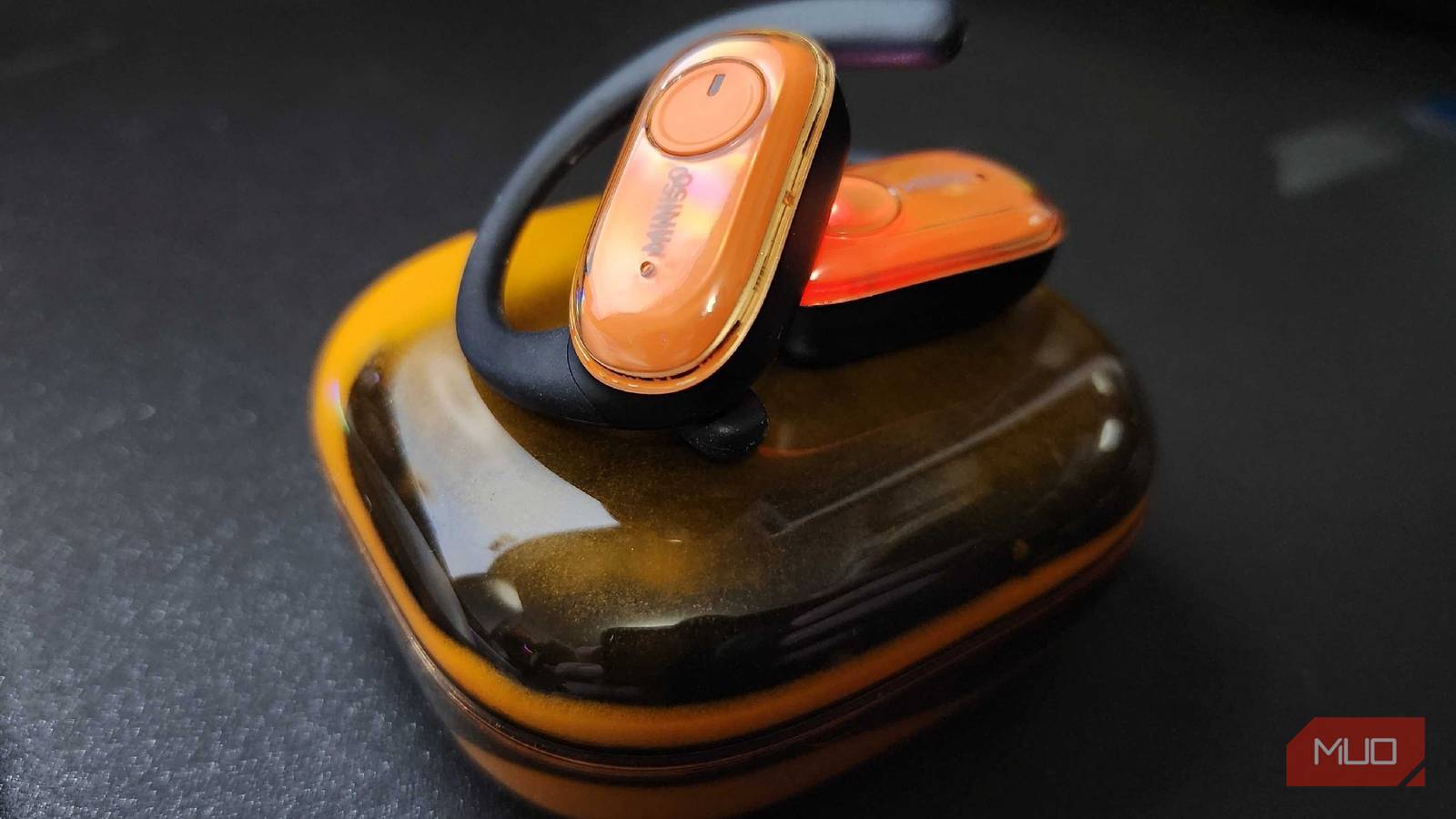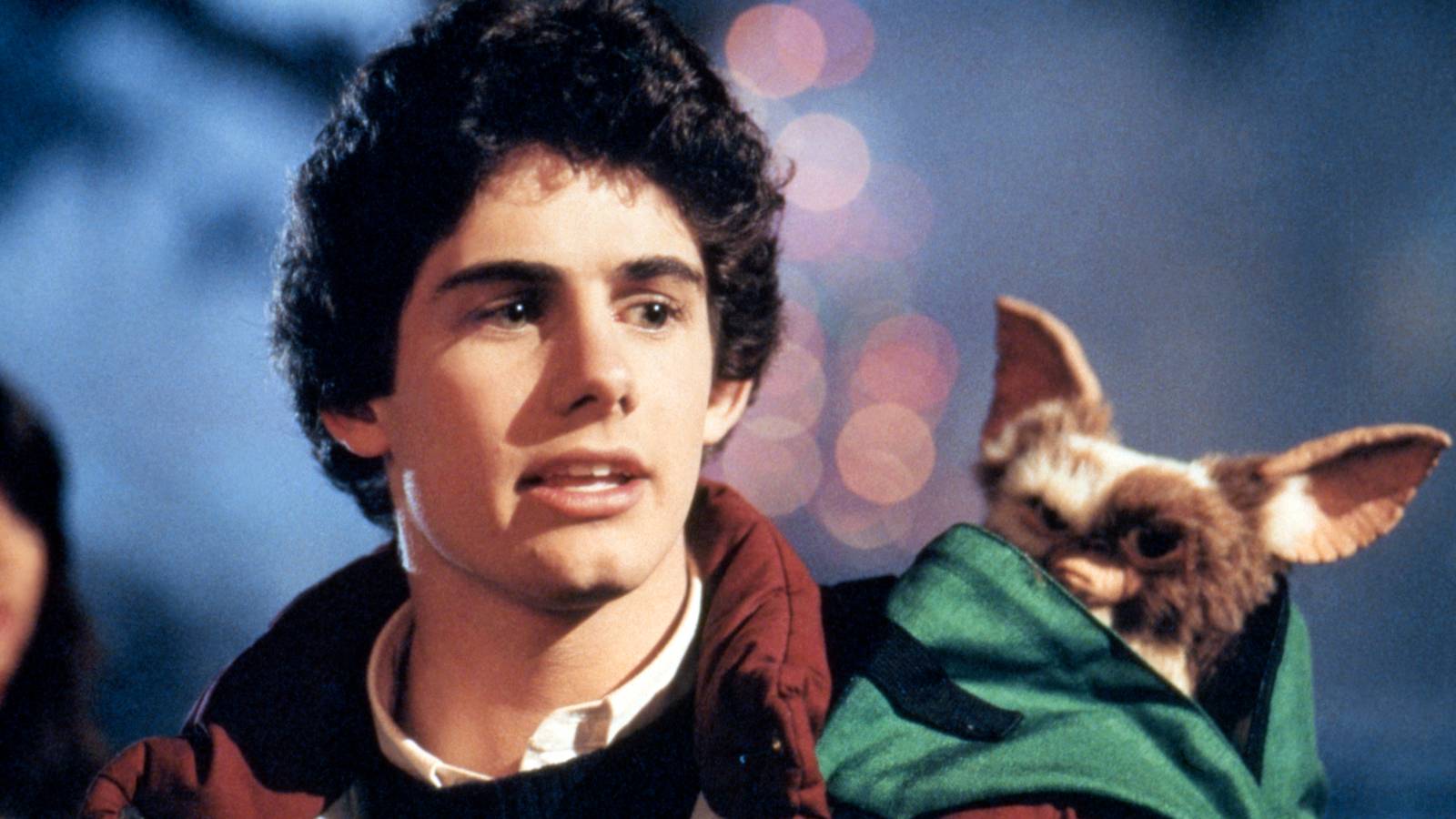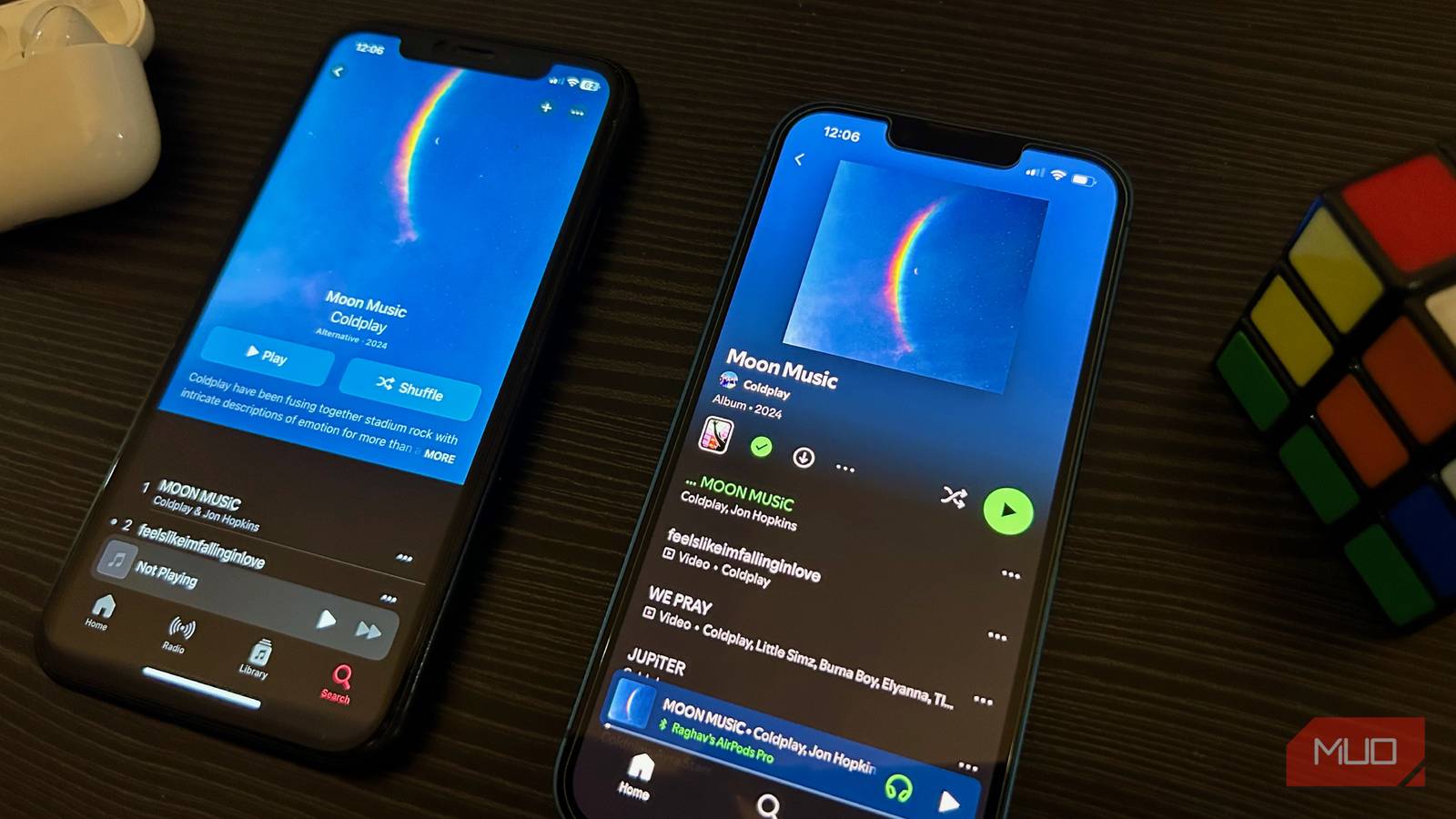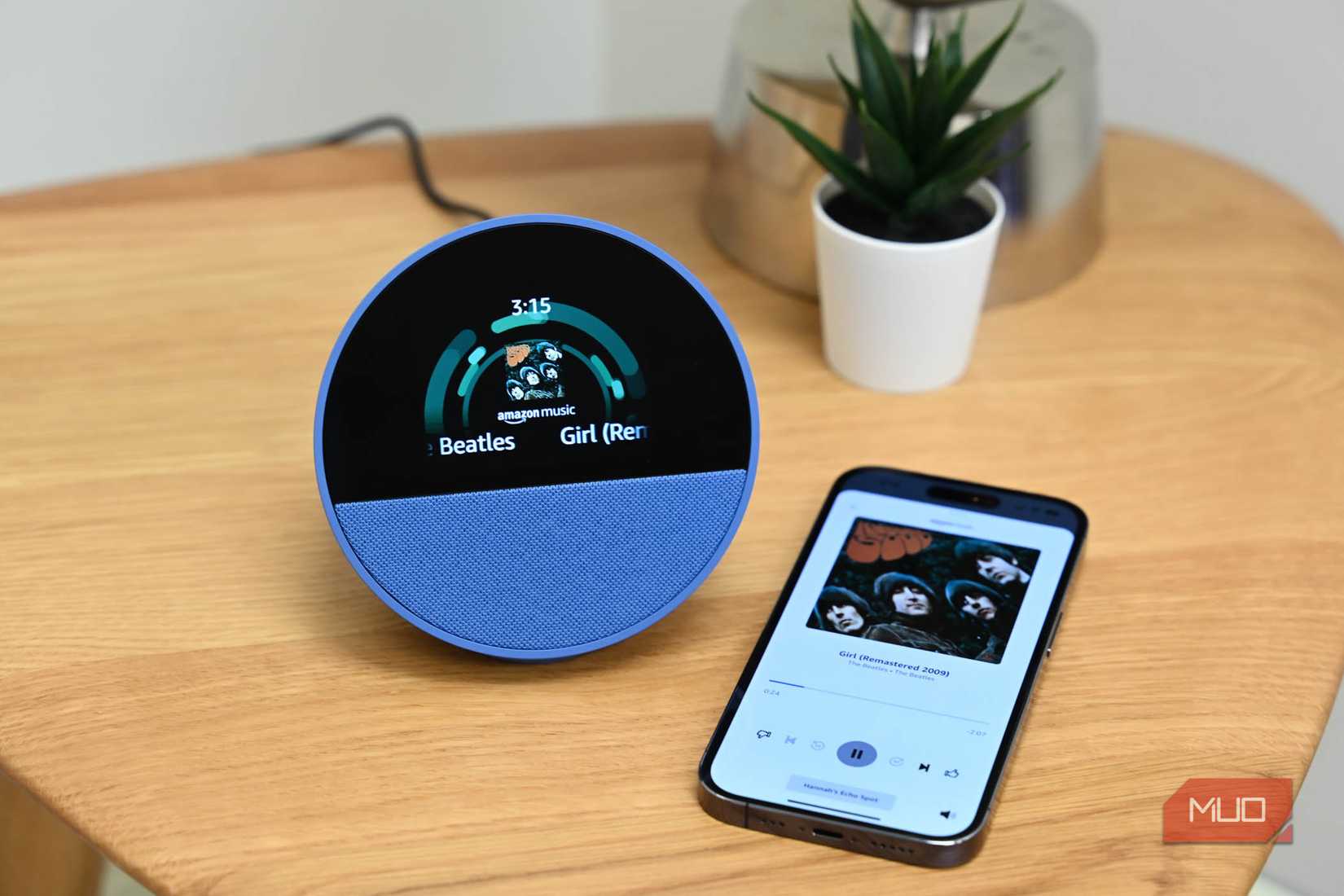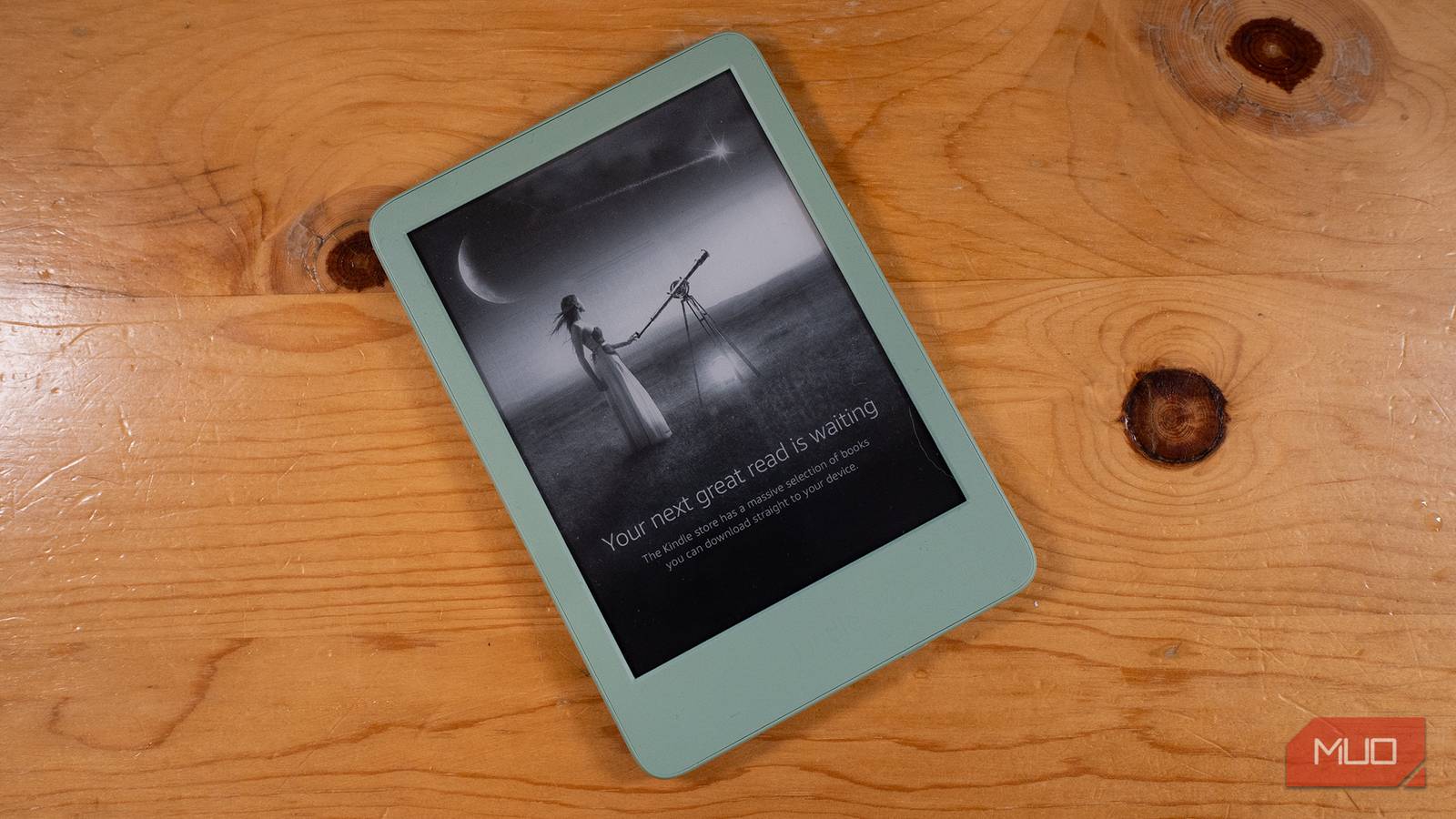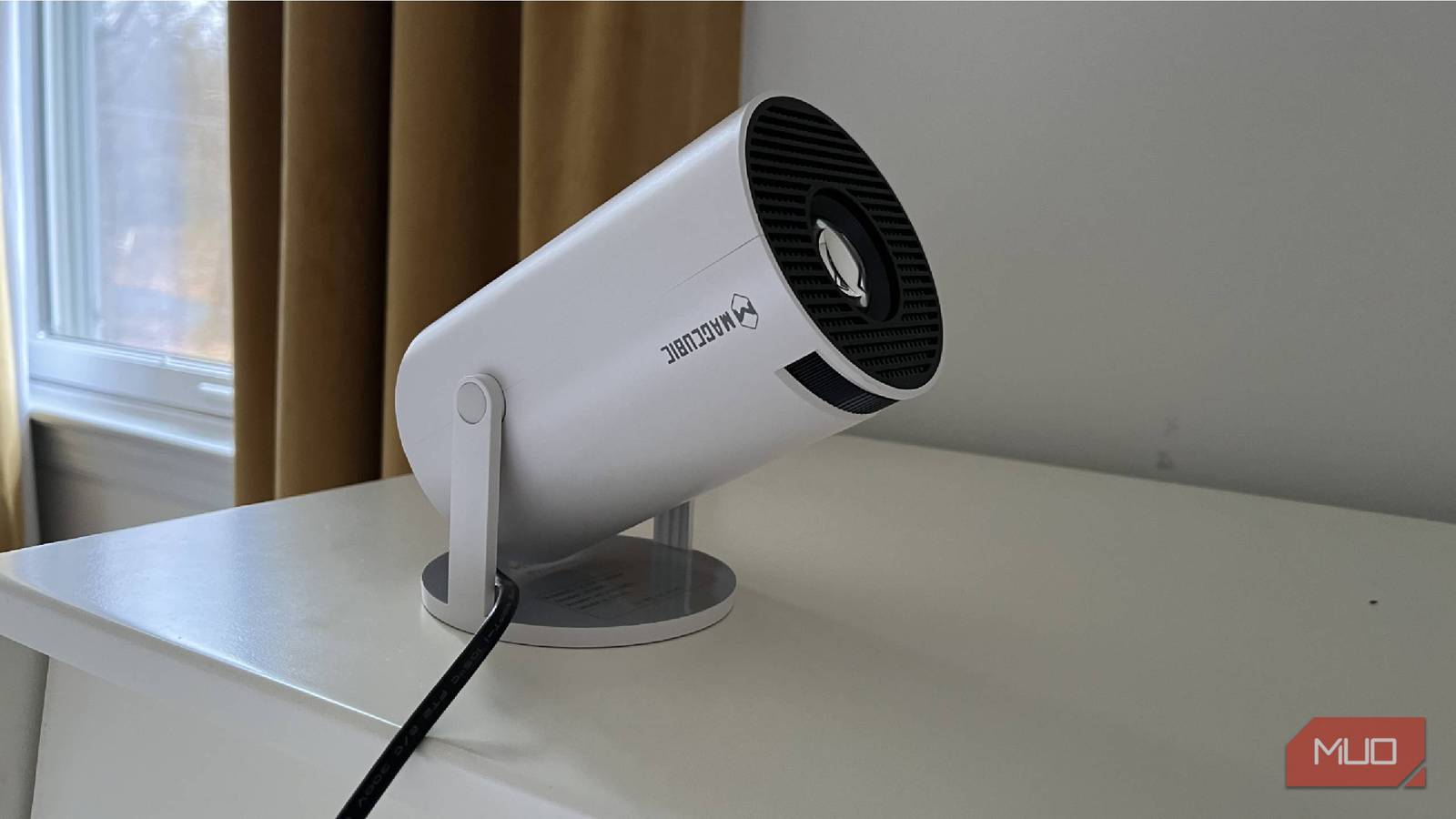I’ve been an avid Spotify user for what feels like forever. It’s the app I’d open without even thinking on commutes, while working, or when I just needed something playing in the background. But somewhere along the way, it stopped feeling the same. The music didn’t sound as good, the recommendations felt off, and the whole experience just started to lose its spark over the years.
I didn’t quit out of frustration or a single bad update, but it was more of a slow realization that Spotify wasn’t really working for me anymore. So, I decided to switch things up and move to Apple Music, and honestly, I don’t miss it one bit. There are plenty of reasons why you should start looking at other music streaming services, too.
Spotify’s audio quality still isn’t good enough
Spotify’s lossless still has some loss
Initially, my biggest pull toward something like Apple Music or Tidal was their full lossless support. As someone who listens through a proper DAC and audiophile-grade headphones, having no lossless option was always a dealbreaker for me.
So when Spotify finally launched its long-delayed lossless tier, I was genuinely excited to give it a shot. But that excitement quickly faded when I realized it wasn’t really true hi-res lossless. Spotify’s so-called lossless tops out at 24-bit/44.1kHz, whereas Apple Music and other high-resolution platforms go all the way up to 192kHz.
What’s worse, Spotify doesn’t send the lossless stream directly to your DAC. On Windows, your audio is still resampled by the OS, and the same happens on Android, so the sound is no longer bit-perfect. That tiny bit of degradation might not matter on something like AirPods, but if you’ve invested in a proper listening setup, you’ll definitely notice the difference, and I did. Apple Music consistently came out ahead.
Even when I’m out and about, not listening in lossless, Apple Music just sounds cleaner and fuller to me than Spotify’s Very High quality tier. I can tell the difference even on something as everyday as my AirPods 4 or my $19 EarPods that I still use regularly. Spotify’s compression becomes especially noticeable on tracks with wider dynamic range. When multiple instruments and layers are playing together, the richness and separation just don’t hold up the same way.
The subscription just isn’t worth it anymore
Paying more for less is frustrating
Despite audio quality being one of my main priorities in a streaming service, Apple Music still manages to be cheaper than Spotify. Spotify’s Family plan costs $19.99 per month, while Apple Music’s equivalent is $16.99. That alone makes it a better deal, but Apple’s added perks make the gap even wider.
If you’re a student, both services are priced at $5.99 per month, but Apple bundles Apple TV with it, which, if you haven’t tried it yet, has some genuinely great shows (I highly recommend Severance). Spotify offers Hulu with its student plan, but it’s the ad-supported version, so you’re still sitting through interruptions.
And if you’re looking for a family plan that offers even more value, Apple One is a no-brainer. For $25.95 per month, you get Apple Music, Apple TV, 200GB of iCloud storage, and Apple Arcade—a far better deal overall for just a few extra bucks.
Other music platforms treat artists better
Artists deserve more than Spotify gives
This issue isn’t new. It started in 2014, when Taylor Swift pulled all her music from Spotify, believing that artists weren’t being fairly compensated. More than a decade later, that concern still stands.
Other music platforms like Apple Music and Amazon Music pay artists much more per stream, sometimes almost double, depending on the tier. This is mainly because Spotify has a free tier, which doesn’t generate much revenue in the first place. It might help them get more users, but it hurts artists who rely on streaming income.
What bothers me more, though, is that Spotify has been accused of hosting and promoting AI-generated music, taking away exposure and earnings from real artists. Even if Spotify isn’t directly responsible, I’ve come across plenty of AI-generated tracks on its official playlists, and it’s concerning how little vetting seems to be happening. Meanwhile, actual musicians who spend time and effort crafting their work are the ones losing out.
If you really want to support an artist, the best way is to buy their music directly. Whether it’s vinyl, CDs, or digital downloads, that’s where artists earn the biggest share of profits. Streaming is convenient, but it doesn’t pay much. Going to their concerts or buying merch is also one of the best ways to make sure your support actually reaches them.
Spotify’s algorithm ruined how I discover music
Music has started to feel like TikTok
Just like how short-form content has taken over our social feeds, the same thing is quietly happening with music discovery, too. Spotify knows exactly what to serve you to keep you hooked, all based on an algorithm designed for engagement rather than genuine discovery.
You’ll notice most songs in your Discover feed are now under two minutes long, built to grab your attention fast. The goal is simple: hit you with the chorus as soon as possible, give you a quick rush, and then move you on to the next track before you even process what you just heard. It’s less about music and more about instant gratification.
What makes it worse is that the algorithm is constantly learning from your own listening habits to maximize retention. So, instead of helping you explore something new, it keeps feeding you variations of the same kind of music over and over again. You feel like you’re discovering new songs, but in reality, it’s just the same formula on repeat.
It doesn’t help that Spotify is also flooded with AI-generated tracks. Even though the company requires artists to label AI-generated music properly, much of it still slips through and ends up on Discover playlists. The more these songs appear, the more the human element of music gets lost—and that’s something an algorithm can never replicate.
Breaking up with Spotify
While I’ve transferred all my playlists over to Apple Music, I know my reasons might not apply to everyone. If you’re someone who values Spotify’s social features, playlists, and familiarity, it can still be a great service. It’s hard to deny how convenient it is or how well its recommendations can work for casual listening.


